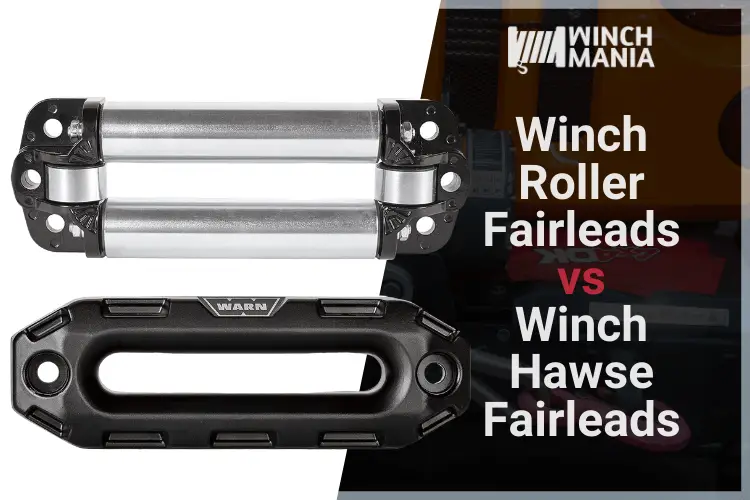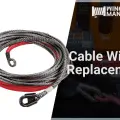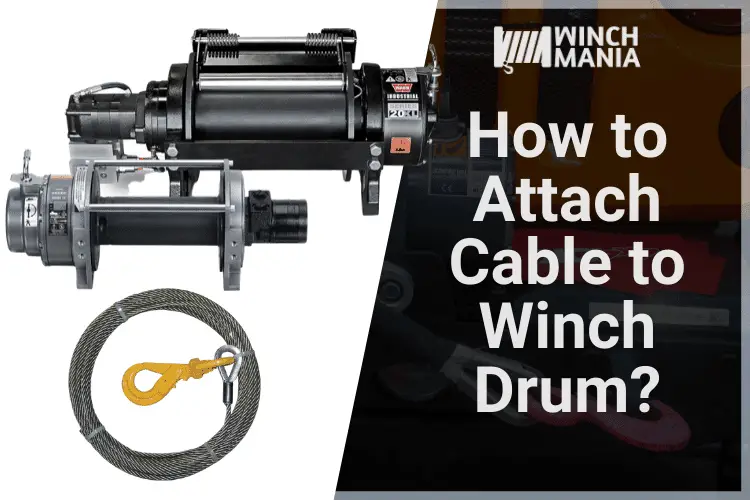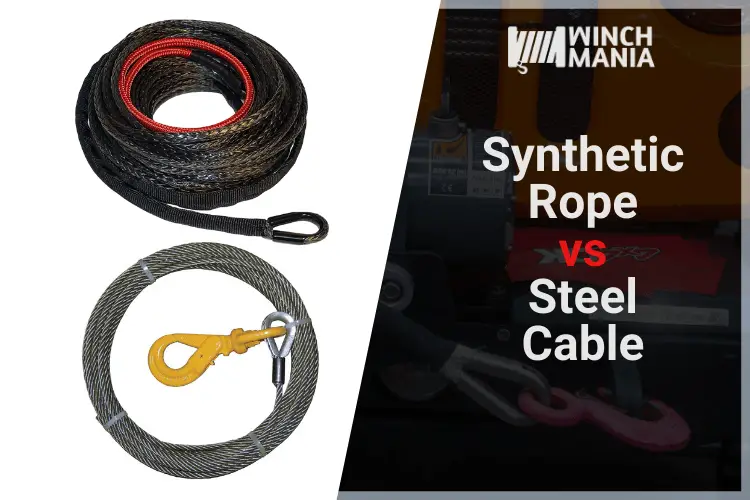A considerable number of jeep owners have probably already managed to face the problem of cable breakage of an electric winch. Even if it is made by such a reliable and well-known company as WARN, it can break. It would seem that a sufficiently powerful cable, a cable that can easily withstand the burden of carrying your vehicle, can still break and snap. Even strong cables may break, not because they are weak or that they are of poor quality. They can break due to other reasons.
The thing is that in the winches, when the cable is wound on a drum, it is twisted, as a result of which, over time, the cable loses its quality. Another reason why ropes and cables lose their toughness over time is that they are exposed to the elements. This is especially damaging to synthetic ropes, which can be significantly hurt by UV rays and such.
Another reason why your synthetic rope or steel wire cable breaks over time is that every time you use them to pull your vehicle, they are exposed to the heat your winch produces. This is not really harmful to the cables, but they do damage over time.
Should your cable snap during operation, or become too damaged to be used, it will need a replacement. And the purpose of this article is to guide you through the replacing of a winch cable. Let’s consider how to replace a winch cable. The process is not very long and not at all complicated. For the procedure, you will need to remove the winch.
Preparation for Winding
Before you remove the previous line from the winch, pay your attention to how it is affixed to the drum. The main part of off-road vehicle winches has a threaded bore on the drum port to which you append a cable or synthetic winch line using a bolt. Although there are winches that have other types of attachment, this method is most common.
After Removing Old Cable
After you remove your old cable with the roller guide from your off-road vehicle winch, carefully check the drum for sharp objects that could damage the new rope after putting it on. A steel cable during operation could significantly hurt the drum.
Steel cables tend to burr, fray or kink due to usage. These are sharp little edges in the cable, something like the jagged little splinters in an old piece of wood. These little burrs can scratch the surface of your winch drum and make it rough. If you find protruding bumps, sand their sharp edges so that the surface of the drum becomes smooth. This will ensure that the new rope will not be damaged.
Before Winding The Rope
Before winding the rope, a new rope fairlead will be needed. Aluminum fairleads are well suited to synthetic winch lines because they have a sleek covering that will not hurt synthetic cable. At the same time, cast steel fairleads are not recommended because they do not have a sufficiently smooth covering for synthetic cable. Steel pulley fairleads are also good, just make certain the rollers are sleek and not hollowed out. Aside from that, it is necessary to make sure that the rollers overlie each other. Since some older rollers do not have overlying ones they could form a clearance in the guide corner. The winch line may become stuck in this clearance during use, resulting in damage to it.
Use Correct Type of Fairlead
Other than ensuring you use the right type of fairlead, you need to make sure that there is sufficient free space between the fairleads and the ends of the montage plate: at least 0.37 inches to 0.5 inches. Otherwise, the winch line may be cut along a sharp edge.
As mentioned above, you have to make sure you know how the previous cable was attached to the drum. Now you have to attach the new cable in the exact same way as the previous cable. The winch line has a small diameter loop attached to the line end that you employ to append to the winch drum. The supplied drum kit may include a bolt-on for use with various drums. Take the one that suits your drum and affix to a line. In some cases, you may need a nylon washer that fits in the kit to get an additional grip on the drum mount.
Before you start winding the winch line onto the device, you can unwind it and lay it on the smooth surface. This makes your job much easier. Make sure that there will be no entanglements once the winding process begins.
Attaching the Winch Line
If you want to know how to replace a winch cable, then you have to first learn how to attach the winch line. Insert the end of the winch line through the fairlead and extend the winch line under the drum and from above through the attachment point. Now attach the winch line to the drum.
Some winch lines come with overheat protection that closes the rope on the first reel. It is recommended to use this protective cover when first winding onto the drum, as it defends against abrading and supposed heat from the drum. This will help in preserving the integrity of your line.
Spooling the Winch Line
Keep your hands away from the winch, guide the rope so that the wraps are neat and tight. It is useful to have an assistant at this stage since it will be difficult to single-handedly guide the winch line and handle the winch controller at the same time. So one person will lead the rope, and the other will control the winch. Aside from keeping your hands away from the drum, it is recommended to wear protective gloves.
It is very important to have a complete layer of cable on the winch drum so that the winch line always remains affixed to the winch. The friction from the turns is what keeps the rope on the winch. A tightly set of wraps will work better and allow you to put more cable on the winch.
Make sure that the line does not overlap with itself before the entire width of the drum has been covered. As you slowly wind the line, guide it from one of the drum to the other cleanly and evenly.
Done! It’s good if you make it a rule to unspool the entire winch line after each use and correctly re-spool it.
Steel Wire Cable or Synthetic Rope – Which to Prefer?
Steel wire cables are very tough. Their high tensile strength makes them very resistant to breaking under load. They are also very economical and can dissipate heat really well. However, it has some serious drawbacks.
An ordinary steel cable is very rigid, it does not fit well on the drum of an electric winch. They are also very heavy. In addition to this, burrs appear on the steel cable during operation, due to which you can damage your hands, and in case of breakage, the steel cable becomes dangerous for you and the car. The amount of kinetic energy that a steel wire cable holds when under load is dangerous if the cable snaps. The force it holds can easily tear through flesh. If the cable is thin enough, it will be sharper and can even slice bones.
Consider Steel Cable Alternative – Synthetic Rope
The best solution is to replace such a cable. The ideal alternative to a steel cable is synthetic. Such a cable will have excellent elasticity. This will eliminate the danger that the steel cable poses. It will not snap like a whip if ever it breaks under load. When it is wound on a drum, it takes up a smaller volume, which is an undeniable advantage. This allows you to install a longer cable on an electric winch.
The synthetic rope also has its drawbacks. The main one is the delamination of the cable due to the ingress of dirt and sand into its inner part. This disadvantage is easily avoided by periodically washing the cable in a soapy solution and drying.
Another disadvantage of a synthetic rope is that it is expensive, both initially and over time. Synthetic rope requires more maintenance than a steel cable. They can also be easily damaged by UV rays and small debris.
For a more comprehensive comparison of synthetic rope and steel cable, check this post.
Conclusion
Now you know how to replace a winch cable. Proper installation will ensure that the device operates in the best possible way and prevents damage to the winch line.



